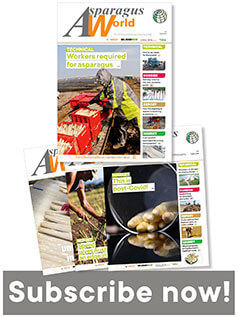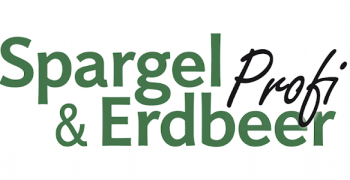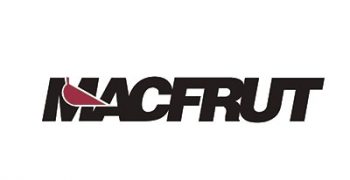How to limit the risks associated with replanting ?
The AOPn Asperges de France devoted its 6th technical day, at the beginning of October, to the theme of asparagus replanting. This practice, while still infrequent in France, is nonetheless increasing due to the specialisation of farms and the lack of «virgin» asparagus plots. On the technical day, Christophe Paillaugue, president of Asperges de France estimated, «Of the 6000 ha of asparagus grown in France, about 500 to 600 ha are replanted each year, to ensure the renewal of the surfaces with a low percentage of replanting on the same plot.» However, this situation is tending to increase and also exists in many other producing countries, particularly in Germany. «Planting asparagus on top of asparagus can give disappointing results with lower yields in the first years and plant losses,» says Adèle Sahut, from Asperges de France. Crop losses can be up to 30% with a three-year reduction in the life of the asparagus grove. This is due to soil fungi which are pathogenic to asparagus (Fusarium, Rhizoctonia), autotoxins released by the roots of the previous crop and to the more general syndrome known as «soil fatigue». In addition, several presentations were given in the room making it possible to identify the microbial activity of soils in a broad way. «Fungi and bacteria contribute to the stability of the soil. The loss of diversity and activity leads to decreases in the mineralisation process and in the yield of the plants grown,» says Emile Benizri, a lecturer at INRAE.
20 years of asparagus replanting on top of asparagus
Carmen Feller, researcher at the Leibniz-Institute (Germany) presented the results of the Newsoil 21 programme, which made it possible to evaluate different prevention methods over five years (2017-2021): organic matter inputs, biofumigation, inoculation of microorganisms, varietal resistance. Christian Befve, an international consultant, also presented the «out of ground – in the ground» method, which consists of creating a large volume of homogeneous soil before planting with the addition of compost and micro-organisms using a spader. During the round table discussions, David Ducourneau, an asparagus producer in the Landes, detailed his twenty years’ experience of replanting asparagus on asparagus, i.e. three crops on certain plots, insisting on the importance of drainage. According to the experience of Ophélie Lendani,a technician with MaïsAdour technician,working with three asparagus growers, replanting on the same plot led to very marked reductions in yield, up to 40% after the 4th year of harvest. The afternoon of fieldwork on the asparagus groves of Planasa allowed the hundred or so participants to attend the presentation of organic solutions proposed by Innovak global and Medinbio, and also allowed them to observe crop profiles led by two specialists, Céline Collin Bellier, manager of Solenvie, and Emmanuelle Choné, agro-soil scientist from Agronomie Terroirs.
























